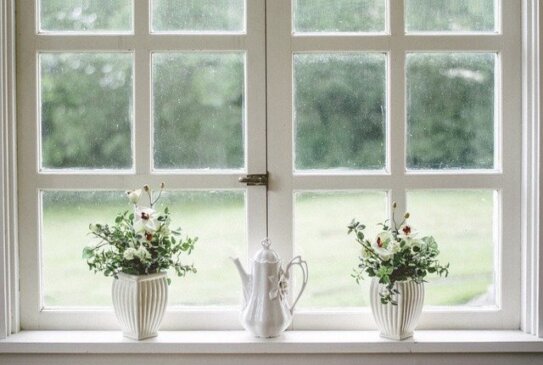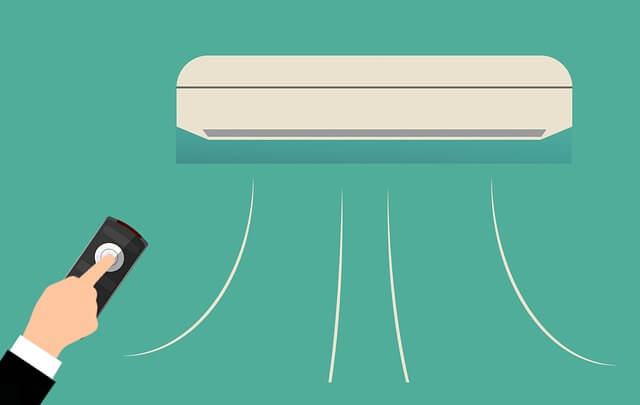Energy Efficient Windows have various benefits including a more comfortable home. These enable reduction of heat loss from windows and entering of noise leading to a more peaceful environment. As we have seen, the energy performance of a window is influenced by a wide range of factors, so it’s not easy to choose an energy-efficient window just by looking at one.

Fortunately, the Digiaware team brings quick information on easy tips while selecting energy-efficient windows. The overall thermal & visual performance of an energy-efficient window primarily depends on the following three energy performance parameters of glazing.
SHGC (Solar Heat Gain Co-efficient)
SHGC is the fraction of incident solar radiation admitted through a window and SHGC measures how well a fenestration blocks heat from the Sun. The lower the SHGC the better the products in blocking unwanted heat gain. SHGC is expressed as a number between 0 and 1. SHGC accounts for incident solar radiation, it means the heat gain read by the SHGC value is due to all the direct components of sun, which is easily controlled by the provision of external shading devices or any other external obstructions. Therefore SHGC shall be determined for the entire fenestration product (including the sash and frame) not just for the glass. Therefore besides glazing properties, the type of window and shading devices can affect the SHGC calculation of the fenestration. In other words, Effective SHGC is the cumulative solar heat gain coefficient of the fenestration with both the glass and shading devices (overhang and/ or vertical fin).
U-VALUE
U-value is the insulating value of glazing that represents friendliness to heat transfer through a window. A window is considered to be insulating if its U-value is low. The U-factor is the total heat transfer coefficient of the window system (W/m2K), which includes conductive, convective and irradiative heat components. It, therefore, represents the heat flow in Joules/ second (watts) through each square meter of the window for 1K (1degC) temperature difference between the indoor and outdoor air temperature.
VLT (Visible light transmittance)
VLT is a visual performance indicator and this is the fraction of visible portion of the solar spectrum that passes through a glazing material. The VLT of glazing ranges from above 90% water white clear glass to less than 10% for highly reflective coating on tinted glass. This is an important factor in providing daylight, views & privacy as well as in controlling glare & fading of interior furnishing. VLT is indirectly proportional to the energy performance of glazing, such as- higher is the VLT, higher is the SHGC and U-value and hence lower is energy performance.
Overall, the selection of energy-efficient windows can lead to a reduction of monthly electricity bills along with other benefits like comfortable and peaceful homes. Few top glass manufacturers are:





